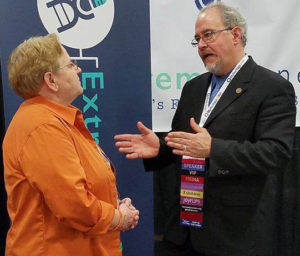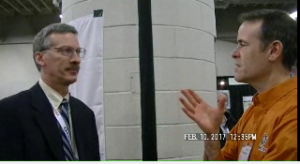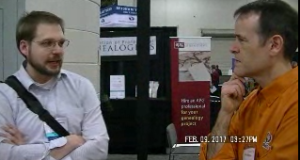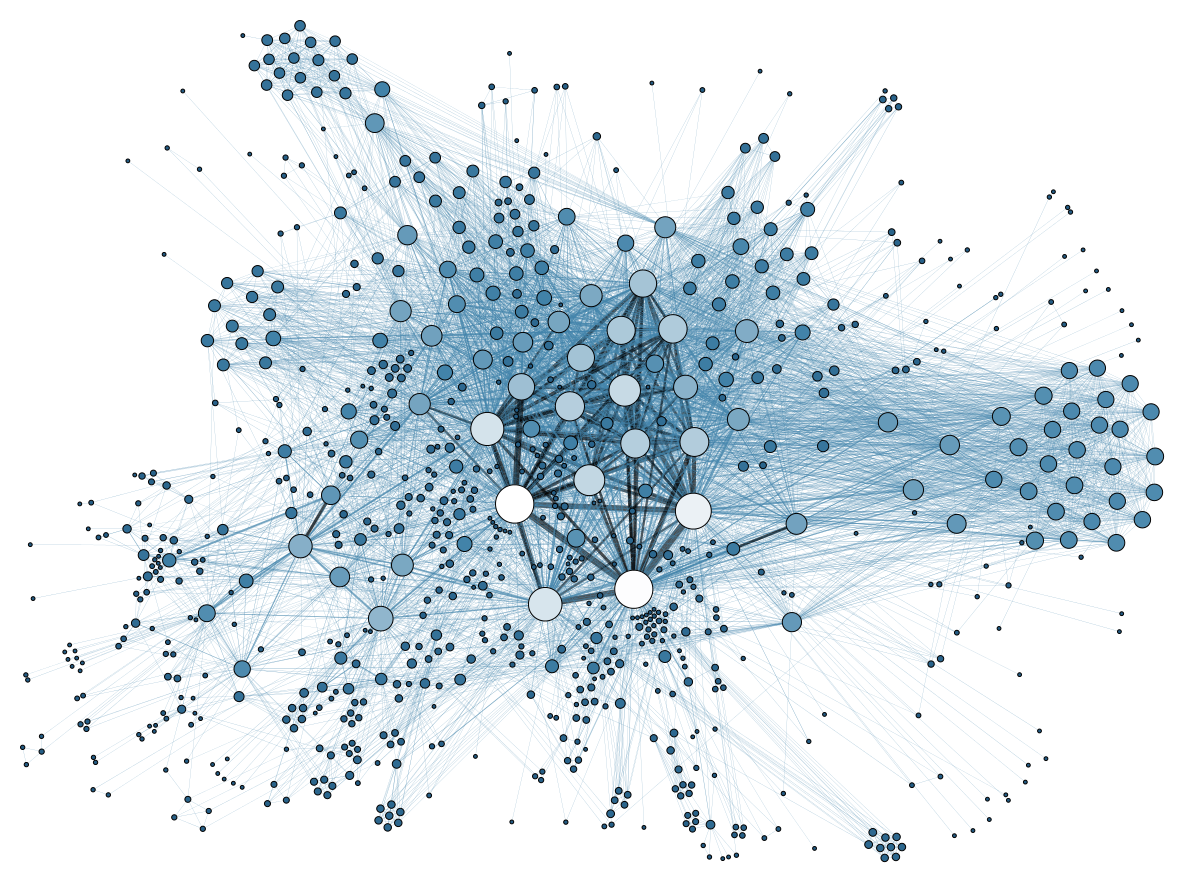The OGS (Ontario Genealogical Society) Conference 2017 happened over this last weekend here in Ottawa. I can’t tell you how nice it was to have the conference in my home city (not my hometown, there’s a difference). Of course there is a story to tell…
Social Media Team, #OGSConf2017
It all started a couple, three, four…it all started when I volunteered for the OGS Conference 2017 Social Media Team. I know some of you might be absolutely tired of me adding #OGSConf2017 to all my tweets and posts but I felt I needed to get the hastag out there in general. So, long before the thing actually started I was tweetin’ away (excuse me).
Once things started rollin’ and attendees started registering, the social media team were in action. We posted and tweeted every event, standing at the back discreetly taking photo’s and sharing the presentations, workhops and events. From excursions on thursday through to Ancestry Day, we did our appointed tasks quite well! What a great team to work with.

CBC Radio One “All In A Day” with Alan Neal
Thursday Night I tweeded a picture of Krsty Gray (@TheKirstyGray) having a pre-intereview interview with the CBC. Little did I know Kirsty was on the phone telling them they wanted to interview a local Genealogist, “Talk to Mags Gaulden”. Thank you very much Kirsty!
I did the interview Friday morning and it aired Friday afternoon. Over the weekend, because I was walking around with my Grandma’s Genes Kit on all weekend, I got stopped by more than a few people to say they heard the interview and had a question. Thanks Kirsty.
I had recieved a request for a bid proposal for a project (can’t tell you what yet) earlier in the week, which I had been thinking over. Hadn’t even responded to them. On Tuesday this week – post conference – I got a call from the company asking for the bid. They had heard the interview and they really want me to get the bid notes together for them. Thanks Kirsty (curtsying or is it kirstsying).
Me In My kit
Someone asked if I was going to have a venders table for the Conference. “No, I am a walking billboard”. Basically my kit is a shirt with Grandma’s Genes Logo emblazened upon the pocket, my Bag with a Grandma’s Genes Bumper Sticker across the front, my business cards on a lanyard, a Grandma’s Genes Sticker on my Conference credentials and Grandma’s Genes on every bit of electronics I brought (this is for security as well).

Of Course WikiTree Was At The Conference As Well
WikiTree didn’t have a Venders table either. They had a walking billboard as well. Moi. I bounced around the conference in Orange too.

Saturday we did the WikiTree LiveCast Live From the conference. I had spread the word and posted a Casting Call for the LiveCast and boy did I get responses! Yes, real, live WikiTreer’s here in Ottawa answered the call. Thanks to Blaine Bettinger (my dinner date for Saturday night too), Kirsty Gray, Annette Cormier and Leanne Cooper for sitting in along with Romaine Honey, Librarian with the Ottawa Public Library and Emma McBeth for moderating from the West Coast. Thank you also to all the orange shirted people who randomly appear on camera through-out the LiveCast.
I also presented “DNA and the Global Family Tree” in a fast trax presentation on Sunday which Grandma’s Genes LiveCasted as well.

At one point, I changed my shirt in the elevator (I should have have a telephone booth). Blaine said I should sew the two shirts together. He is awfully clever.
Networking
There was a lot of that giong on as well.
Living DNA and I discussed some of their recent changes which might facilitate some integration with WikiTree. Early days yet, so patience is the key here.
Kirsty Gray and I decided to do a LiveCast about going to conferences, What to take? What to do? How to get into trouble? Stayed tuned for this one for sure!
Blaine Bettinger and I discussed WikiTree’s DNA Project and genetic genealogy and family and food and his books being contraband at the border, what? What is in those books!?!? Just words and hard work!
I got to Volunteer for the Program Committee for next years Ontario Genealogical Society Conference 2018. The real work of the Committee starts the same week I will be traveling to speak at a Family Reunion in North Carolina, he he.
BlueBerry Pie
Why yes there was blueberry Pie. The Social Media Team plus a few extra’s spent Sunday Dinner together (when a group goes through something together they don’t want to be separated) and were treated to Blueberry pie of course courtesy of Grandma’s Genes. Thanks Bowman’s!

Can’t wait til next year.















 “When you post a DNA test on a WikiTree profile, WikiTree needs to be able to see the profile Family Tree tab to make DNA connections down the ancestral lines. Please be sure that the Privacy level on the profile and all of the ancestors are at a level that allows everyone to see the Family Tree tab. That is either:
“When you post a DNA test on a WikiTree profile, WikiTree needs to be able to see the profile Family Tree tab to make DNA connections down the ancestral lines. Please be sure that the Privacy level on the profile and all of the ancestors are at a level that allows everyone to see the Family Tree tab. That is either:

 How did it happen? How did Betty Jean come about? We have no idea. It was a secret he kept to his death.
How did it happen? How did Betty Jean come about? We have no idea. It was a secret he kept to his death.


